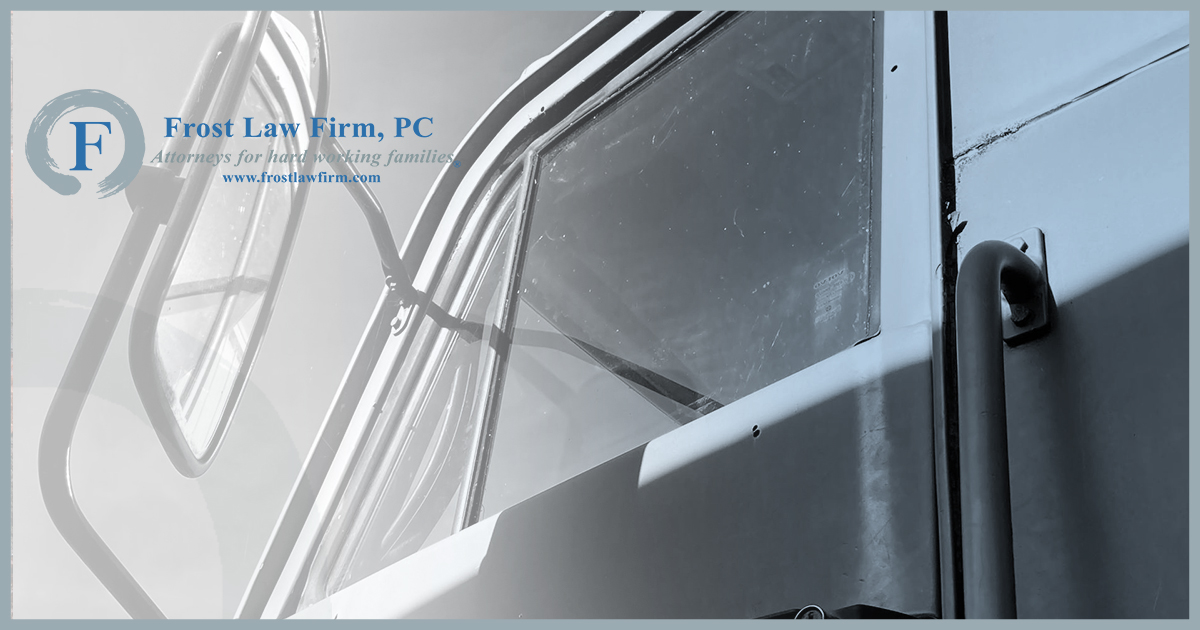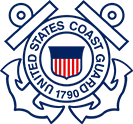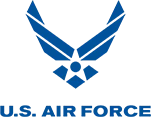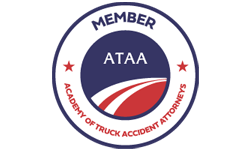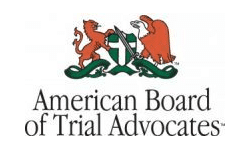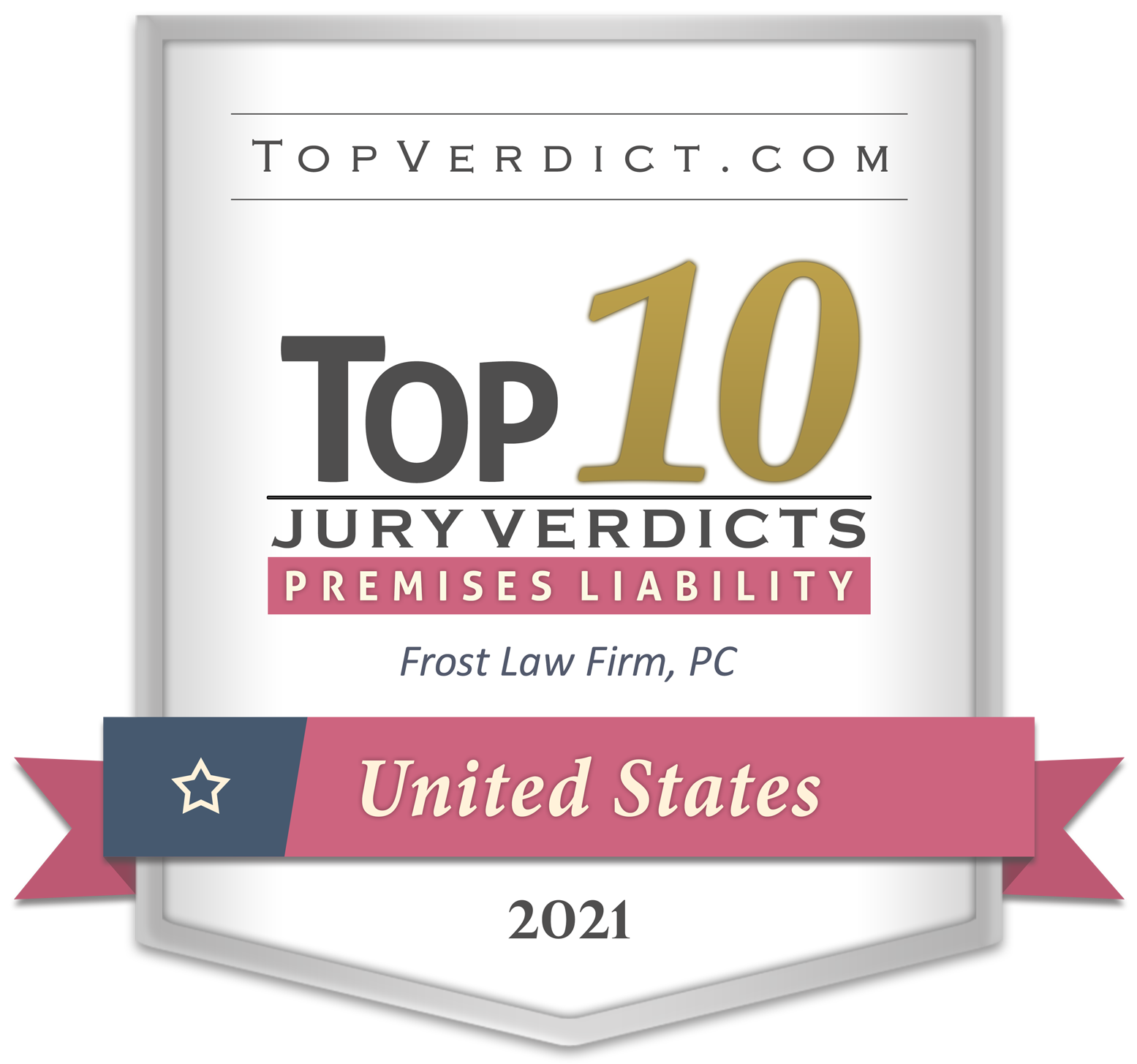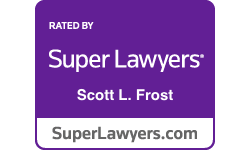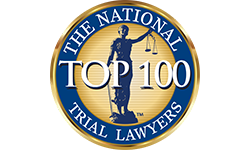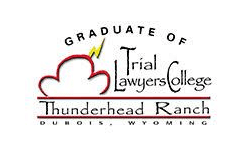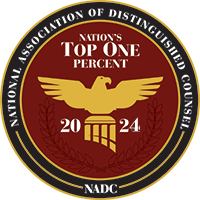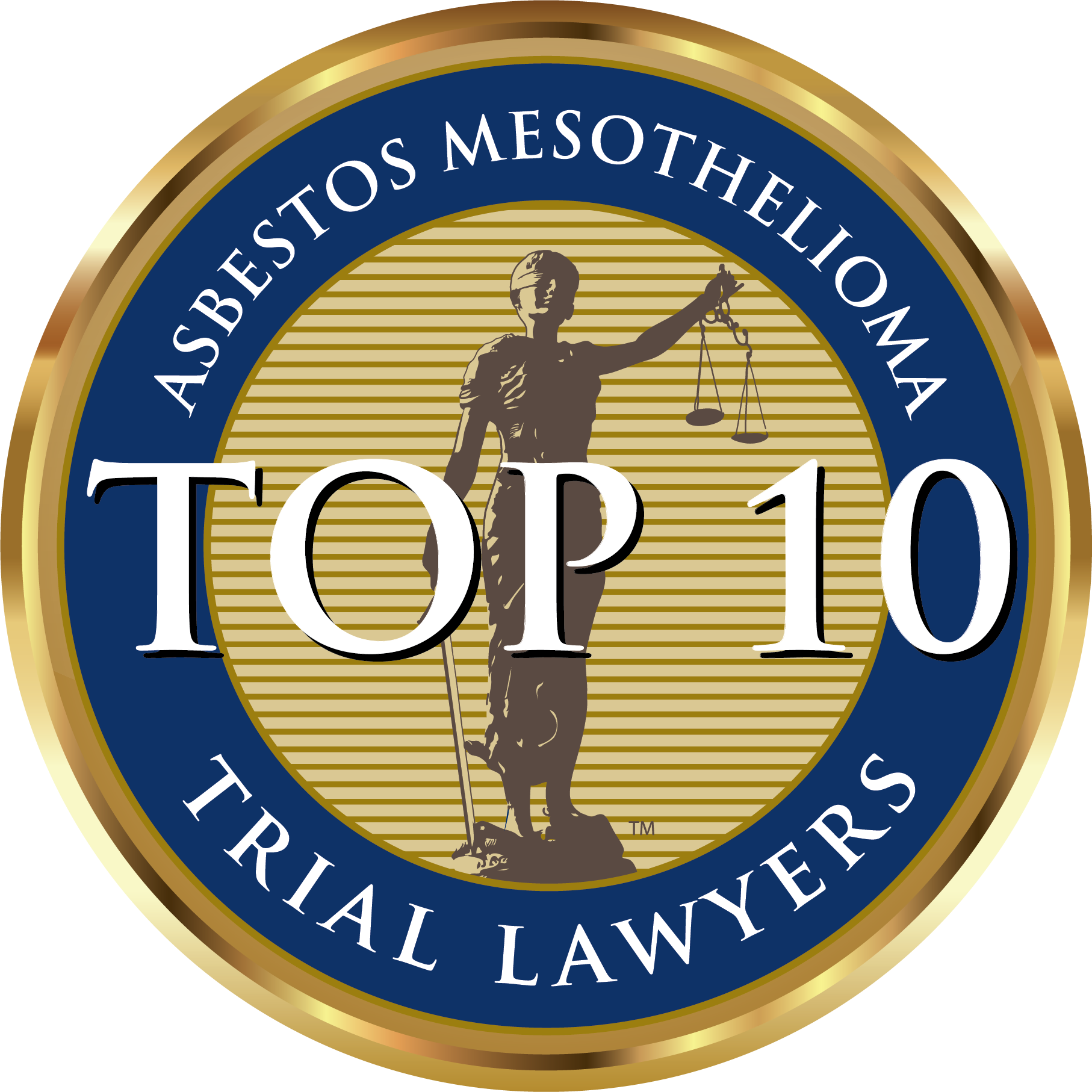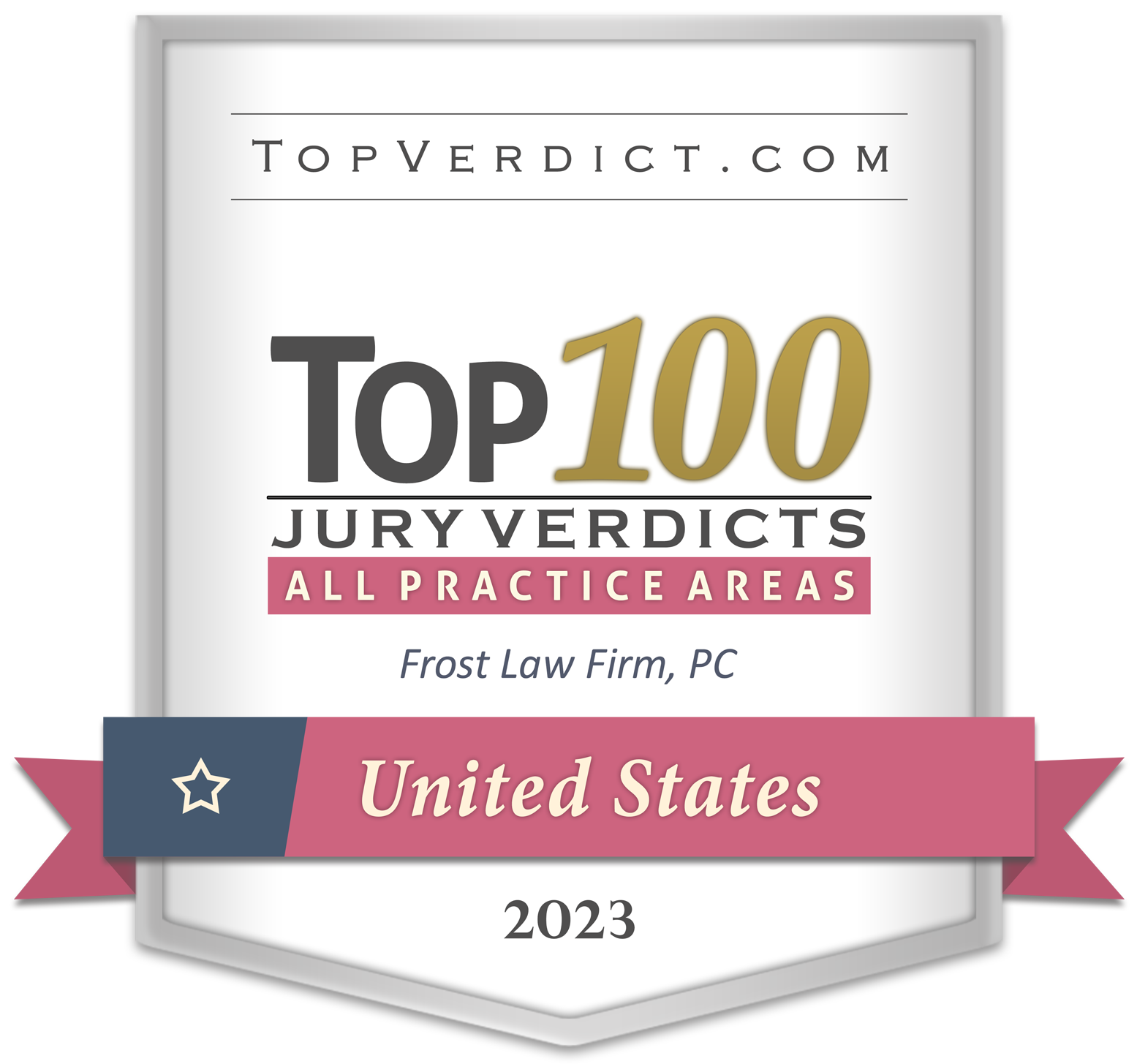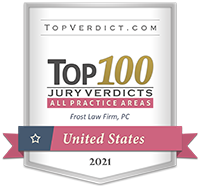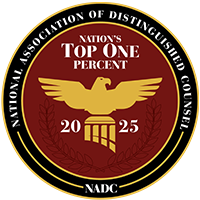As a passenger car driver, you know that if you attempt to look either to the front or behind you as you make a turn, pass someone, or back up, you have to account for your vehicle’s blind spots. Well, large trucks have these too. We want to share more about these truck no-zones and how to avoid them. So, keep reading below where we’ll do that.
What To Know About Tractor-Trailers’ Blind Spots?
Any sized truck will have its respective areas that, if smaller vehicles enter them, will make it challenging to see and avoid potentially crashing into them. A semi-truck’s blind spots, also referred to as no-zones, are located around it in four distinct areas, according to the national nonprofit, the Commercial Vehicle Safety Alliance (CVSA), including:
- Area 1: 20 feet out from the large truck’s front bumper
- Area 2: From the driver’s door of the cab all the way back to the middle of the trailer
- Area 3: From the frontmost portion of the truck on the right side of its cab all the way back to the rear of its trailer, plus three lanes over to its right
- Area 4: Directly to the rear of the truck’s trailer, especially if it places a motorist in a position to not be able to see either one of the cab’s side mirrors
One detail to know about Area 3, as described above, is that industry safety analysts recommend that passenger car operators steer clear of three lanes to the right of the truck because of the truck’s wide turning. You’ve probably noticed truckers making wide turns. You’ve probably noticed truckers making wide turns. It can take as many as three lanes to do so.
What Truckers Can Do to Better Look Out for Smaller Automobiles
Big rigs don’t only look intimidating because of their size, but at as much as 80,000 pounds, they are considerably heavier than your standard passenger car, too. While motorists can certainly take some steps to avoid unnecessarily becoming involved in a blind spot crash with an 18-wheeler, there are some steps truckers can take to do their part to minimize these crashes, too, including:
- Allow others to pass, especially if they’re on an uphill or otherwise moving much slower than the rest of traffic
- Ensure they signal that they’re about to move into an adjoining lane or make a turn
- Consider installing a blind spot monitoring system on their truck
In terms of the latter, it works similarly to backup cameras and other technology that is now commonplace on newer vehicles here in California and across our country. If properly installed, it can notify truckers when there is an obstruction in their no-zones areas so that they don’t pull into a lane or make a turn on top of or ahead of them, potentially causing a crash.
How Passenger Car Drivers Can Stay Safe When Navigating Around Trucks
According to both the CVSA and Federal Motor Carrier Safety Administration (FMCSA), if you’re unsure where a big rig’s no-zones lie, remembering the following can help:
- Avoid passing semi-trucks on the right whenever possible.
- Never cut in ahead of a truck so close that you end up within the shadow it casts either in front, behind, or to its sides — that’s a danger zone where they’re unlikely to see you and, if you’re pulling ahead, it’s unlikely that they’ll be able to stop to avoid crashing into you.
- If a trucker is unable to see you in their side mirrors, then they probably don’t know that you’re there.
- If you do temporarily enter a tractor-trailer’s blind spot, such as to pass, you want to either slow down to drop out of it or move quickly to escape it (and finish navigating ahead of them).
Following the few steps above can significantly decrease your chances of truck no-zone crashes.
Getting Help If a No-Zone Crash Hurt You
As you’re well aware, San Pedro and surrounding areas here in Southern California constantly have a heavy flow of tractor-trailers navigating the streets. This occurs due to this area’s proximity to the ports and the necessity to meet consumer demands in high-density population areas like ours. This means that those who live here are particularly vulnerable to suffering severe injuries, if not losing their lives, on our city’s surface streets and the freeways that connect them.
Having a strong advocate to focus on building your case, dealing with insurance adjusters, and other aspects of your injury case is invaluable if you’ve been seriously hurt in a no-zone tractor-trailer accident or lost a family member in one. Our team at Frost Law Firm, PC, can be that advocate you’re looking for.
Let’s discuss the wreck that harmed you during an initial consultation so that you can make a decision about whether to hold a trucker who didn’t see you liable for their negligence. Meeting with an attorney from our office is free of charge, so call or email to set up that conversation now.



